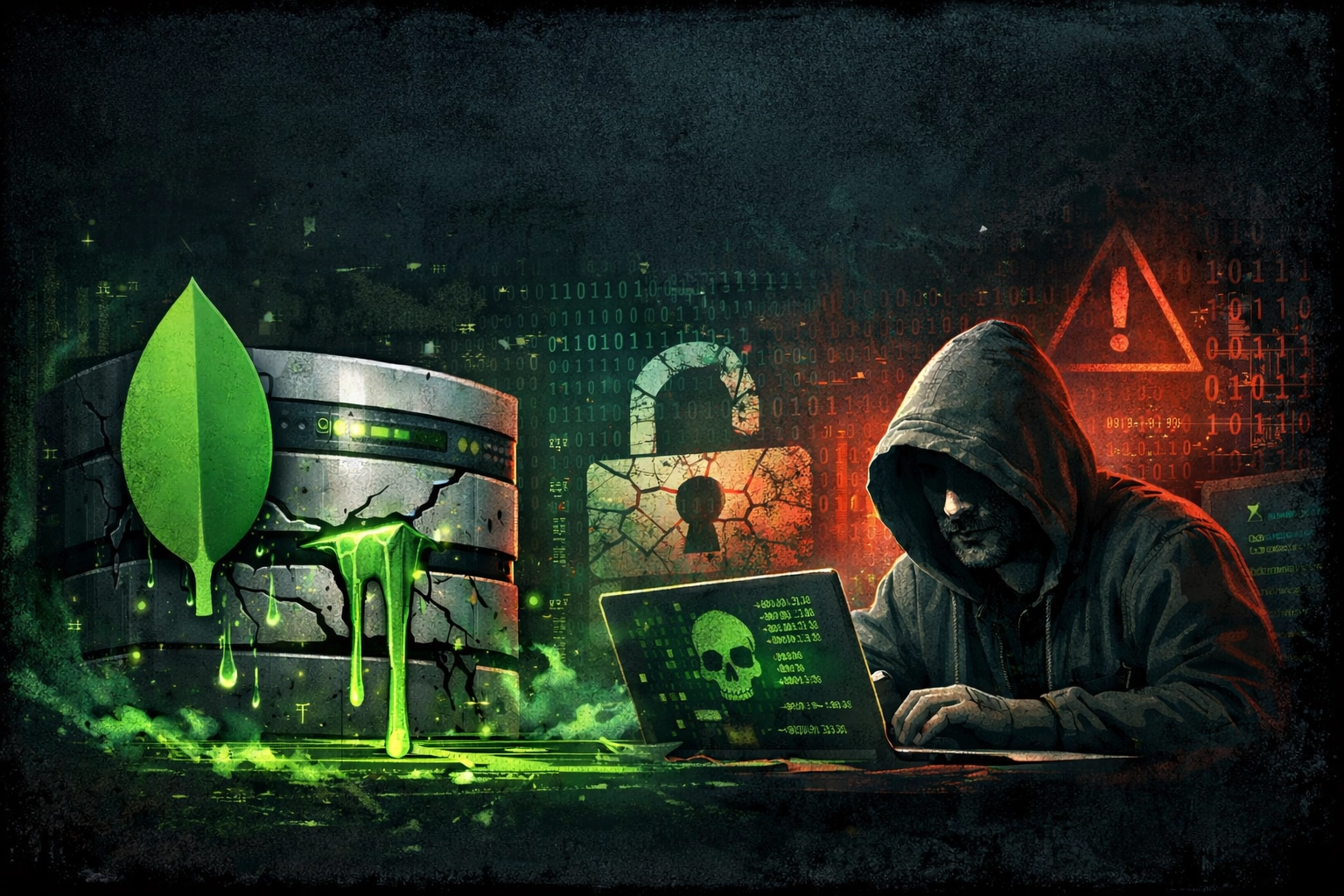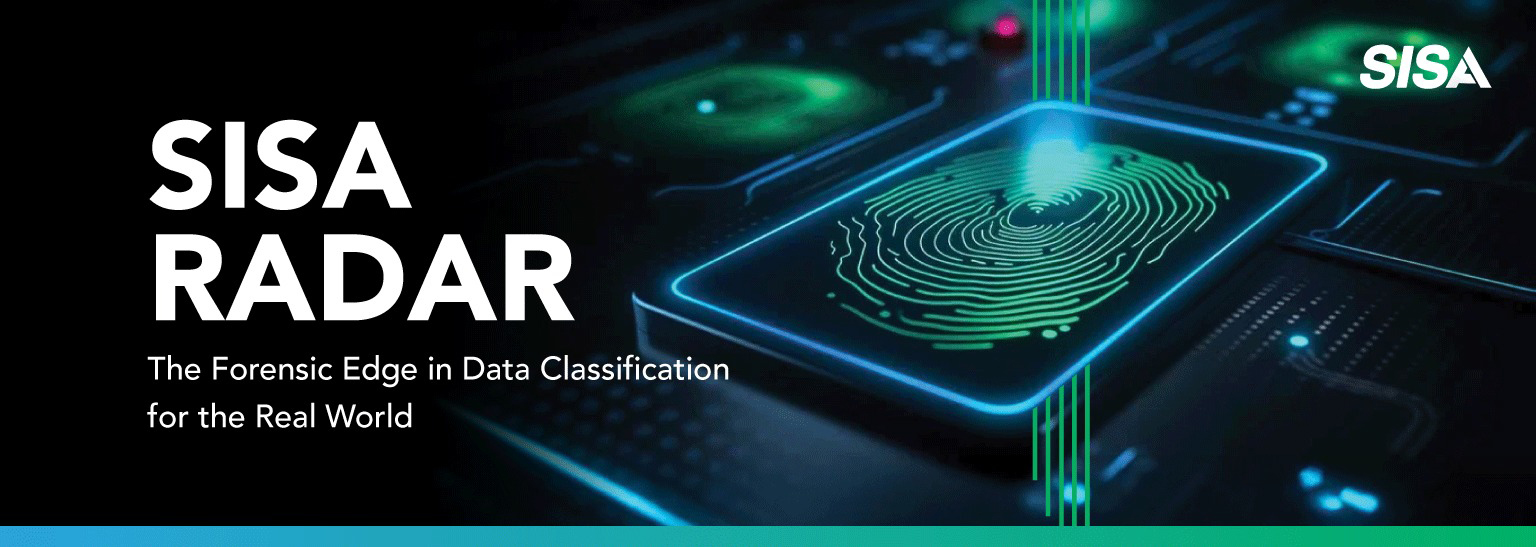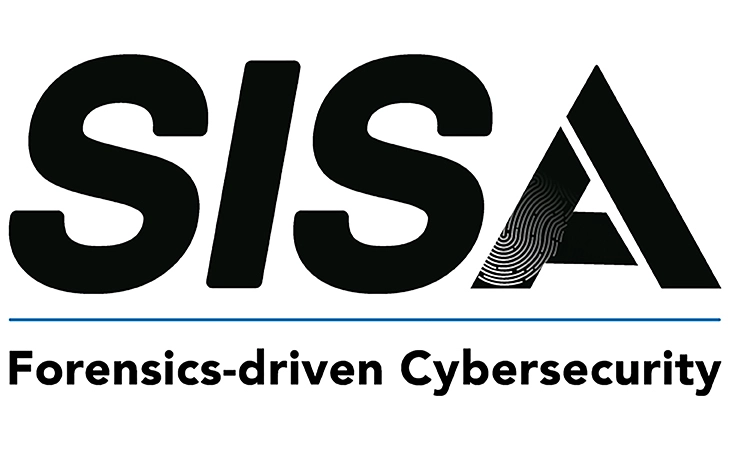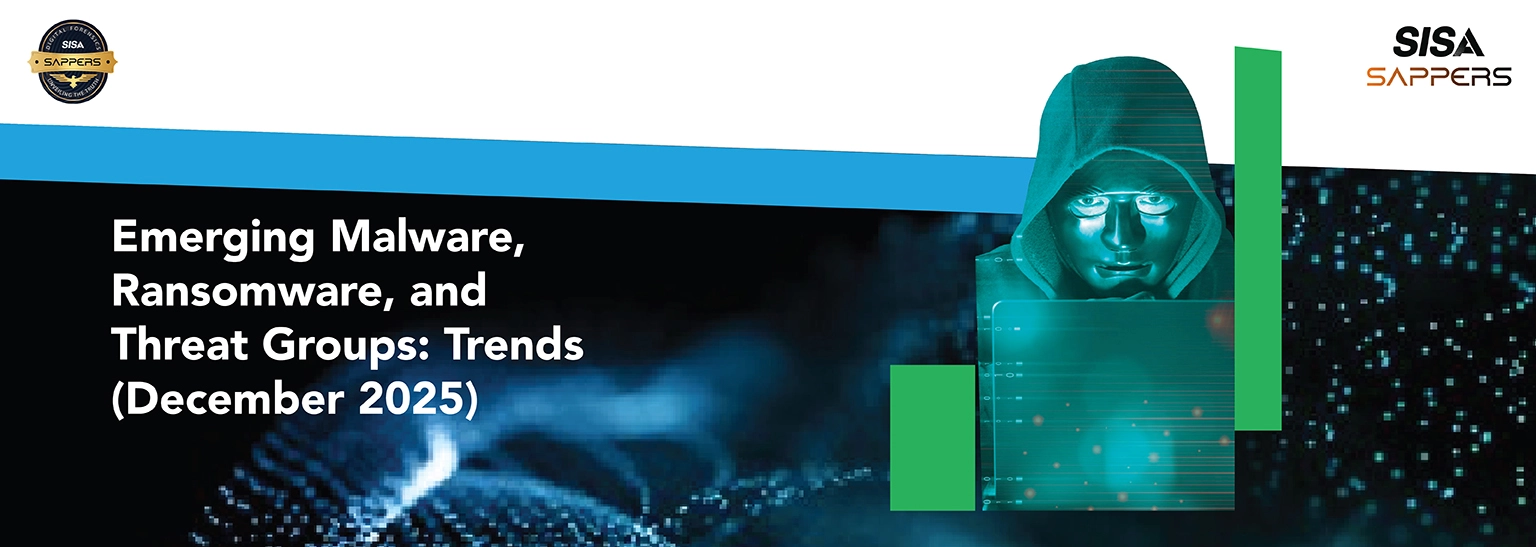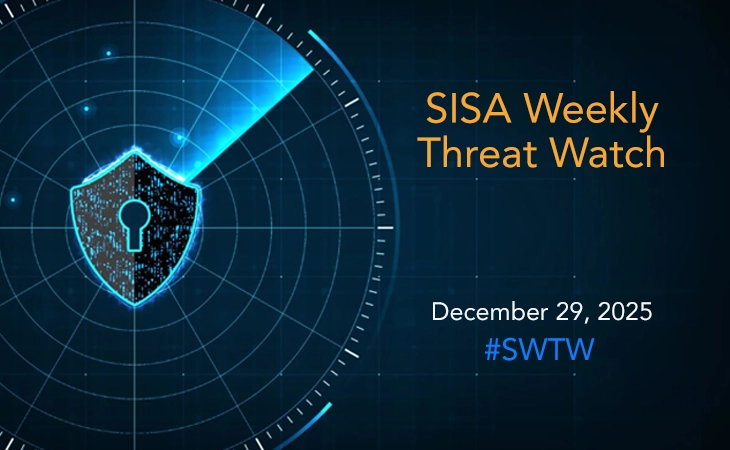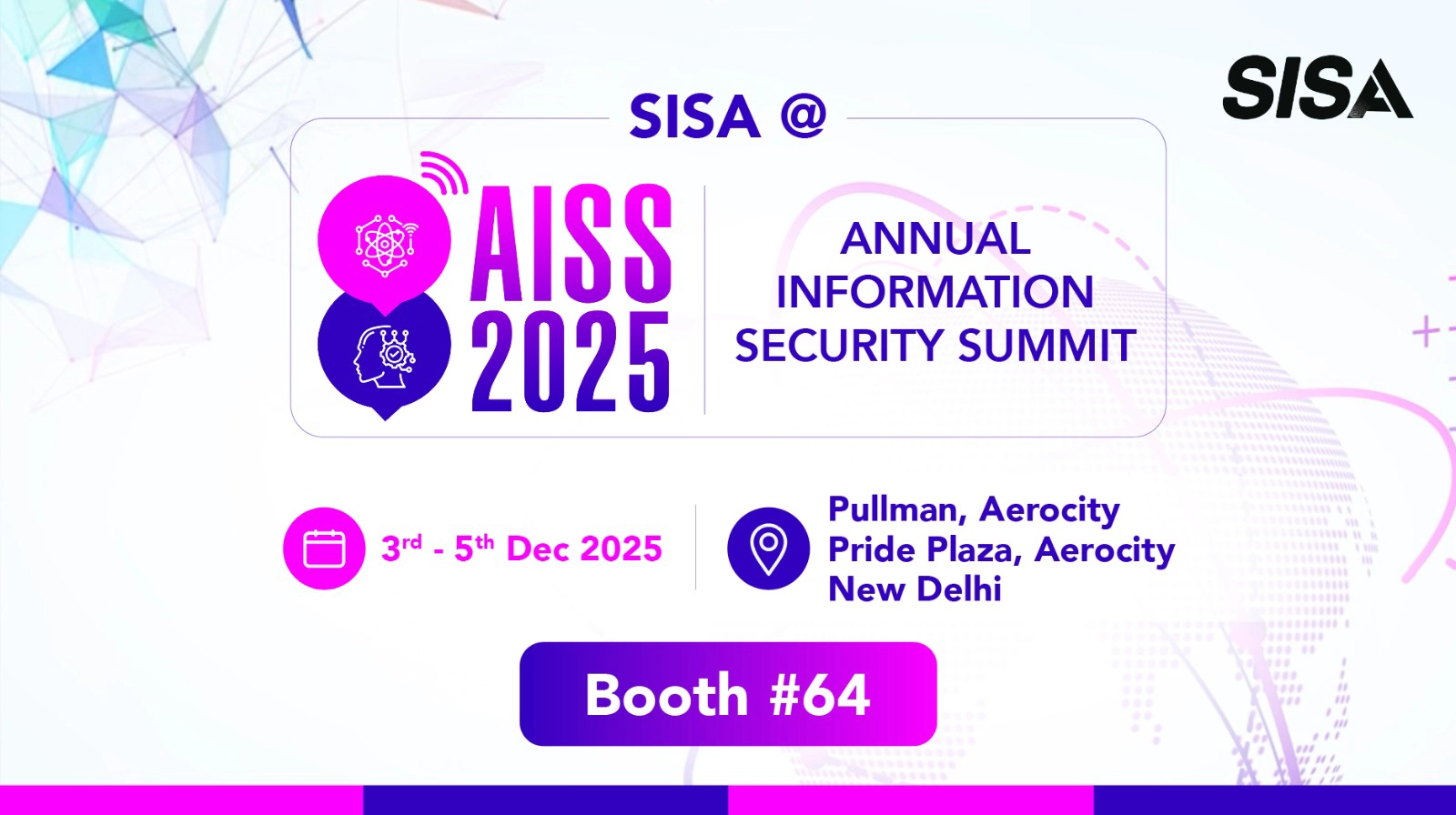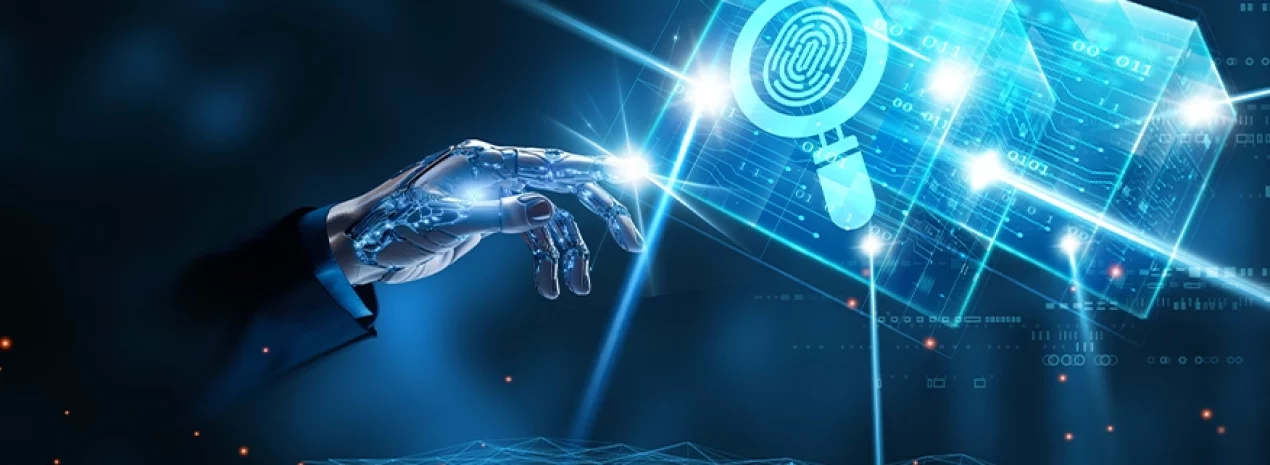
What is Cloud Forensics? Explained By Cybersecurity Experts
In today’s digital landscape, businesses are rapidly migrating to the cloud for its scalability, flexibility, and cost-efficiency. However, this shift introduces new cybersecurity challenges. When a breach occurs in a cloud environment, traditional digital forensic methods fall short. This is where cloud forensics becomes essential. In this article, we’ll explore what cloud forensics is, how it works, and why it’s a critical component of modern cybersecurity strategies.
Understanding Cloud Forensics
Cloud forensics is a specialized branch of digital forensics focused on investigating cyber incidents within cloud computing environments. It involves the identification, collection, preservation, and analysis of digital evidence from cloud infrastructures to understand the scope of a breach, attribute attacks, and support legal proceedings.
Unlike traditional digital forensics, where investigators have physical access to hardware, cloud forensics deals with virtualized, distributed, and often multi-tenant environments. This requires unique tools, techniques, and expertise to navigate complexities such as data ownership, jurisdiction, and evidence volatility.
How Cloud Forensics Differs from Traditional Digital Forensics
While both disciplines share the same goal, uncovering digital evidence, cloud forensics faces distinct challenges:
- Lack of Physical Access: In traditional forensics, investigators can seize and analyze physical devices. In the cloud, data resides on remote servers managed by third-party providers, limiting direct access.
- Multi-Tenancy: Cloud environments host multiple customers on shared infrastructure, making it difficult to isolate evidence without affecting others.
- Data Volatility: Cloud resources are dynamic and ephemeral. Virtual machines can be terminated instantly, and data may be distributed across global regions, requiring rapid evidence collection.
- Jurisdictional Issues: Cloud data often spans multiple countries, each with its own laws and regulations, complicating legal investigations.
The Cloud Forensic Investigation Process
A typical cloud forensic investigation follows these stages:
- Identification: Detect and scope the incident. This involves reviewing logs, alerts, and user reports to determine which cloud services and data are affected.
- Preservation: Secure evidence to prevent tampering or deletion. This includes isolating compromised resources and capturing snapshots of virtual machines, storage, and memory.
- Collection: Gather evidence from various sources, such as:
- Cloud provider logs (e.g., AWS CloudTrail, Azure Activity Logs)
- Network traffic data (e.g., VPC Flow Logs)
- Storage snapshots and memory dumps
- User access records and API calls
- Examination and Analysis: Analyze the collected data to reconstruct the attack timeline, identify tactics used by threat actors, and assess the impact. This may involve using specialized tools to detect malware, unauthorized access, or data exfiltration.
- Reporting and Presentation: Document findings in a clear, concise manner for stakeholders, legal teams, or law enforcement. This includes creating detailed reports and providing expert testimony if required.
Key Challenges in Cloud Forensics
- Evidence Integrity: Ensuring evidence is unaltered and admissible in court requires maintaining a strict chain of custody.
- Dependency on Cloud Providers: Investigators often rely on providers for access to logs and infrastructure, which can delay responses.
- Encryption: Encrypted data, while beneficial for privacy, can hinder investigations if decryption keys are unavailable.
- Scale and Complexity: Cloud environments generate massive volumes of data, making it challenging to identify relevant evidence quickly.
Best Practices for Cloud Forensic Readiness
- Enable Comprehensive Logging: Ensure all cloud services are configured to generate and store logs.
- Implement Access Controls: Use multi-factor authentication (MFA) and role-based access control (RBAC) to limit unauthorized actions.
- Regularly Back up Data: Maintain snapshots of critical resources to facilitate evidence preservation.
- Develop an Incident Response Plan: Include cloud-specific procedures in your IR plan to ensure a swift, coordinated response.
- Collaborate with Providers: Understand your CSP’s forensic capabilities and support processes.
The Future of Cloud Forensics
As cloud adoption grows, so will the sophistication of attacks. Emerging technologies like AI and machine learning are being integrated into forensic tools to automate data analysis and threat detection. Additionally, the rise of serverless computing and containerization will introduce new forensic challenges, requiring continuous innovation in this field.
FAQs
Q1: Can cloud forensics be performed without the cloud provider’s assistance?
A: In most cases, no. Cloud providers control access to underlying infrastructure and logs, so their cooperation is often essential for a thorough investigation.
Q2: How long do cloud providers retain logs?
A: Retention periods vary by provider and service. For example, AWS CloudTrail logs are retained for 90 days by default, but can be extended by storing them in S3 buckets.
Q3: Is cloud evidence admissible in court?
A: Yes, if investigators follow proper procedures to maintain a chain of custody and ensure evidence integrity. Documentation and expert testimony are critical.
Q4: What is the role of automation in cloud forensics?
A: Automation helps manage the scale of cloud data by quickly collecting, processing, and analyzing evidence, reducing response times.
Q5: How does multi-tenancy impact cloud forensics?
A: Multi-tenancy can complicate investigations because evidence from multiple customers may reside on the same physical hardware, raising privacy and isolation concerns.
Conclusion
Cloud forensics is an indispensable discipline in the fight against cybercrime. As organizations continue to embrace cloud technologies, investing in forensic readinessincluding tools, training, and processes, will be crucial for mitigating risks and responding effectively to incidents. By understanding the unique challenges and best practices of cloud forensics, businesses can better protect their assets and ensure compliance in an evolving digital world.
Latest
Blogs
Whitepapers
Monthly Threat Brief
Customer Success Stories
 USA
USA India
India APAC
APAC Middle East
Middle East Global
Global



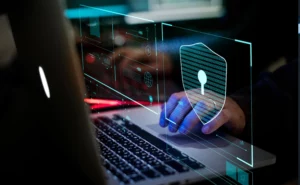
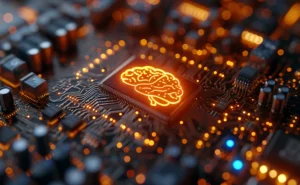

 Facebook
Facebook Linkedin
Linkedin  X
X Youtube
Youtube
